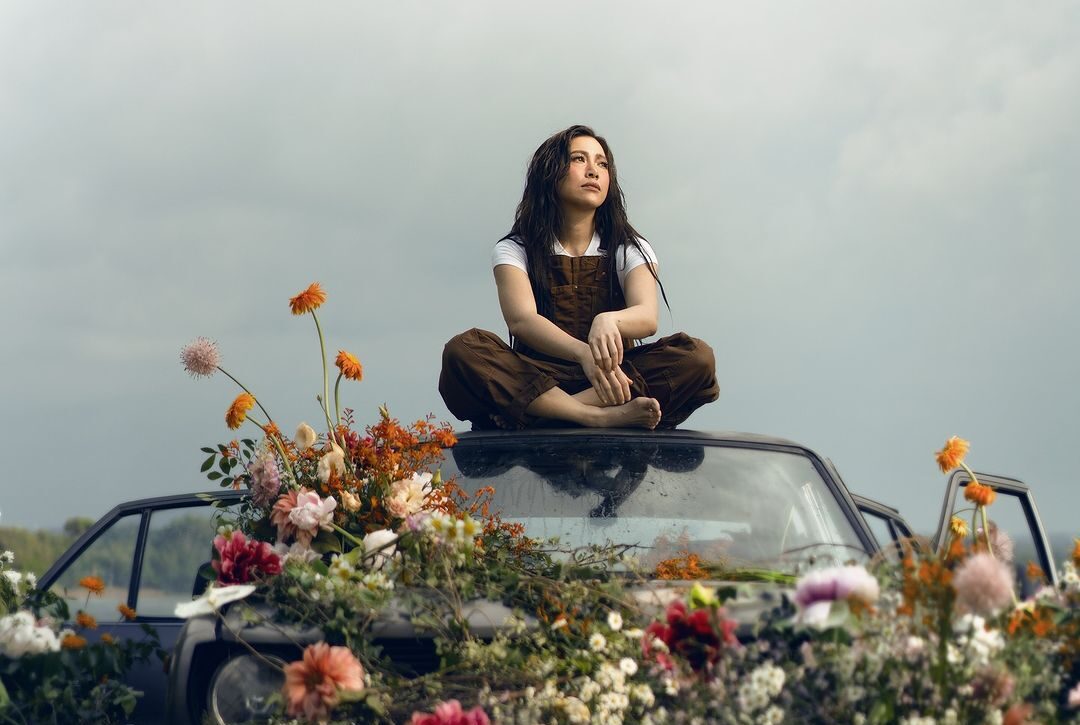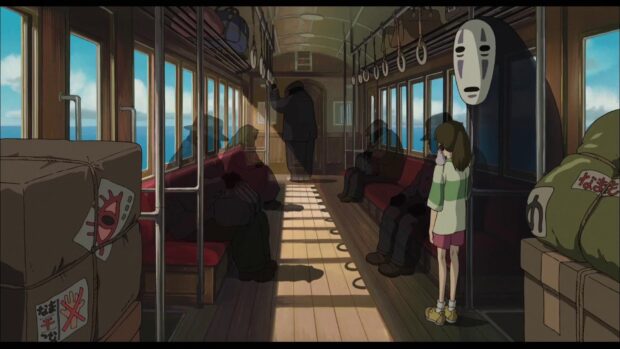In the age of the selfie, pictures are cheap.
This is the age of visual overload.
We snap our digital devices mindlessly, accumulating snapshots in our Facebook pages, helping to build a visual tower of Babel that threatens to topple on us, drowning us in an ocean of images that have ceased to have any meaning.
But even in an age of 24/7 connectivity, when we are constantly bombarded with pictures beamed to our portable devices at 24 frames per second as we whiz past giant billboards lining the highways, some photographs still have the power to move us. To make us pause and reflect. To make us tune out the visual noise for a moment and see again.
The trick is to make us look: Long enough for the image to strike a chord, to stir an emotion, no matter how vague or nameless; to make a connection.
Emmanuel Santos’ photographs have this power.
For over three decades, the Melbourne-based Filipino photographer has made his living as a documentarist. His pre-eminent subject has been diaspora—the displacement and movement of human communities as they seek their place in the world.
According to curator and writer Charlotte Cotton, “Emmanuel Santos is a photographer of the enduringly humanist kind. This eminently curious image-maker uses his camera as a passport into the experiences and ways of life of others.”
Traveling the globe for more than six months out of a year, living out of the suitcase, this eternal outsider has trained his camera on other outsiders, from a remote community in Western China claiming to be the lost tribe of Israel, to the oldest Jewish settlement in the world on a remote Greek island.
More recently, however, Santos has turned his camera inward, exploring spiritual innerscapes through created images that combine the documentary approach with conceptual art. His first foray into this approach was “The Book of Illuminations,” an exploration of the mystic Kabbalah through black and white photography that was exhibited at the Silverlens gallery in 2007.
“The idea was, if Michelangelo were alive today and a photographer, how would he interpret this particular chapter of Exodus that mentions the 72 names of God?”
Santos continues this approach in “2nd Earth,” his current exhibit of photographs at the CCP Little Theater, which runs until July 20. Only this time, instead of taking his cues from Michelangelo and Caravaggio, Santos pays homage to the pastoral romanticism and nostalgia of Fernando Amorsolo, among others.
In a series of stark landscapes which Santos found during his travels in Israel, Argentina, Australia, Bolivia and Poland as well as Baguio, Ilocos, Laguna, Batangas and Zambales, an astronaut in a white NASA spacesuit makes a surreal appearance, a stranger in a strange land.
Shot mostly on black-and-white film using medium-format cameras, the images are then hand-tinted the way photographs were “colorized” before the advent of color film.
“He was able to use all of his training and experience as a documentary photographer in creating these conceptual images,” says Santos’ friend and fellow photographer Wig Tysmans.
Indeed, the images in “2nd Earth” were created using the same rigorous, old-school approach Santos uses in his documentary work: “analog” cameras, black-and-white film, available light, “found” landscapes, and nonprofessional models.
“I’ve been asked if ‘2nd Earth’ is a self-portrait,” says Santos. “It is. It epitomizes my whole experience: I’ve been away from the Philippines for almost 35 years. It’s only recently that I started to come back often, and I’ve come to realize that I’ve become an alien to the places I thought I knew so well.”
The spaceman symbolizes alienation, he adds, a symbol of the industrial raiders and the colonizers that have come to the primal landscape of the Philippines to exploit and despoil it.
“But at the end of the day, we ourselves have also become the spacemen,” he says. “If we don’t manage our environment and look after it, we will end up destroying it completely.”
The element of chance has played a pivotal role in Santos’ journey so far.
Born in Bulacan, where as a grade-schooler he was able to experience the “folkloric” agrarian life of the rural Philippines firsthand, Santos spent his formative years in Baguio, where he took up engineering.
During those lean and hungry years, Santos made a little extra cash as a folksinger at the Fireplace, now long gone. One night, a stranger appeared, and requested Bob Dylan’s “Blowin’ in the Wind.”
The stranger turned out to be Masao Endo, legendary Japanese war correspondent, who was recuperating from serious shrapnel wounds and post-traumatic stress he had sustained while shooting the Soviet invasion of Afghanistan, with a side assignment photographing the mummies of Sagada.
The two struck up a friendship, and Endo became something of a guru to the awestruck Santos, who had just begun dabbling in photography. He even gave Santos his first serious camera, a Nikon F2, which the latter could only drool over in its display case at Pines Studio on Session Road.
Shortly after, Santos embarked on his first documentary project, photographing Indochinese refugees who were then being “processed” in Bataan.
Endo’s influence, he later told Cotton in an interview, was less about technique and more about “the idea of photography as a combination of all of the things that you are as a human being… It took me about seven years before I stopped mimicking Masao’s approach and I was ready to show him a portfolio of my work. He looked at it and told me that he had nothing more to teach me and I was ready to create my own footprints for others to follow.”
(Many years later, Santos paid Endo’s generosity forward by mentoring Australian photojournalist Ashley Gilbertson, who would later make a name for himself covering the Allied invasion of Iraq.)
Another chance encounter illuminated Santos’ path once more when he accompanied an Australian tourist through the caves of Sagada. Suzanne Edwards would soon become his wife, and in 1982, the couple settled in her hometown in Melbourne, Australia’s most ethnically-diverse city.
As an immigrant outsider in predominantly white Australia, Santos was drawn to other immigrant outsiders. It so happened that his new home turned out to be in an enclave of Hasidic Jews, an insular, ultra-orthodox sect. Something of an ethnographer, they appeared to Santos as exotic as the Cordillera tribes he had encountered during his Baguio days. After winning their trust, he started documenting their rituals and daily lives over a period of years, during which he also worked as a commercial photographer and folksinger to make ends meet.
The project turned out to be Santos’ breakthrough, and an enduring theme of his work to this day. He has continued to document the Jewish diaspora, not just in Australia but throughout the world, resulting in a body of work that has become part of the collections of the Bibliotheque Nationale de France, the Jewish Holocaust Centre, the National Library of Australia, the National Gallery of Victoria and the Immigration Museum of Melbourne, among others.
Despite the advances in digital photography, Santos remains stubbornly devoted to his Hasselblads, Leicas and Rolleiflexes. When Kodak Australia went out of the film business, he bought up the remaining stocks of Tri-X film, which he rations out for his projects from his freezer.
It’s not that Santos is a Luddite—he also has digital equipment. But digital photography is missing one element that is crucial to his work: the darkroom.
“I love the ritual of the darkroom, the meditative process that it involves, the alchemy of experimenting with different kinds of chemicals and different kinds of papers. They said digital would kill analog, but analog has achieved its own kind of integrity as an art form.”
The current exhibit is only the opening salvo in a long-term project, says Santos. He intends to expand it with five more countries on the itinerary.
At this point in his career, he says, it becomes harder to pinpoint where one project ends and another begins. It’s all one flow.
As he told Cotton in an interview: “Photography keeps me inspired, and the practice of photography constitutes my moments of meditation and contemplation. Photography is how I ‘polish’ my deepest emotions into precious jewels. It is a beautiful process and, through my long-term projects, I gain a sense of longevity and perpetuity, and that’s something that I am proud of. I want to create pictures that are enduring and that don’t have a ‘use by’ date. And as long as the universe is breathing, the eternal subject is humanity.”













































